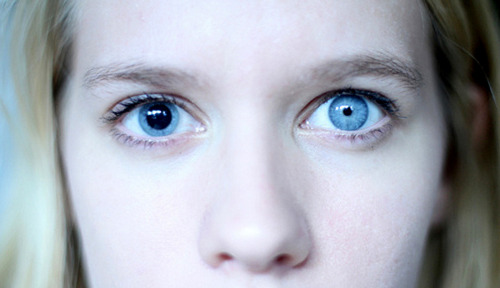When I managed a pet store, I tried to sell a small book with each reptile. Philippe de Vosjoli wrote great little books that offered tons of information including dietary concerns. Reptiles are cold-blooded and their intestinal flora only get up to working temperature when the rest animal’s whole body is warm enough. Many of them are fully vegetarian and therefore can not get vitamin D from animal products. They must get it from the sun. Vitamin D is part of calcium use and affects bone density. If you don’t get as much sun in your area as they get where they evolved, or if your reptiles never go outside, you have to replace that sunlight by artificial means; with full-spectrum light bulbs. Metal halides are good because they produce heat as well as full-spectrum.
It’s quite a different metabolism from a mammal. Bringing a reptile into your home is like obtaining a diabetic infant. It can’t tell you it is sick, weak or mal-nourished and its diet and environment must be micromanaged every single day. And small changes can affect it quickly and disastrously.
Philippe explains this very thoroughly, but somehow people always missed that chapter. They missed the chapter that said that $20 lizard needs a $400 light fixture and the $80 bulb needs to be replaced every six months. Inevitably, 4 months later, the customer might bring the animal back to me with a soft jaw or bony hip/tail joints and ask me what’s wrong – if I were lucky.
If the lizard were lucky.
Usually, no questions were asked and no sick animal was produced. They were just in the store again 4 months later to buy another $20 lizard. In the years I spent at the pet store, I sent many, many animals home to a wasting death. Ask a pet store employee why he or she works there and they will tell you that they love animals. Gah. You must heed the whole set of instructions.
I now recommend Melissa Kaplan’s website for that information.
I told you that story to tell you this one:
A few weeks ago I was doing a project in my basement where it’s kind of dark. I came upstairs into the bright light and found that I couldn’t see. First I thought my computer was dying. Then I developed total tunnel vision and couldn’t look outside into the snow. I said (to Lucie), “Well, this is alarming.”
That night I was reading in bed and realized it was only my right eye. I hoped that after sleeping, I would just wake up and it would be OK. But, no. It wasn’t. The next morning I looked into a mirror (yes, it took me 15 hours to look into a mirror) and the situation was obvious- my right pupil was 3 times bigger than the left. I had what is called a bilateral posterior ischemic optic nerve neuropathy (PION). So I did an internet search and of course WebMD pops up and tells you you’ve had a stroke or a transient ischemic attack and/or you have dain bramage. Or diabetes or severe ketoacidosis.
Oh crap. What? Ketoacidosis? Let’s see if this is associated with regular dietary Ketosis.
Yep. I did this to myself.
So I do this Ketogenic diet, right? Like many people my age and older, I first learned about it from Dr. Atkins. Now there is much more sophisticated science and Dr. Atkins is no longer revolutionary or the wellspring of information on this. If you’ve been following this year’s weight loss journal, you know that this year has been a stunning success. I lost over 30lbsin just several weeks. But I made a mistake. I didn’t heed the whole set of instructions.
I have often mentioned that my only problem with Ketosis is charlie horses. So I supplement with Magnesium and Potassium. But that’s not what Dr. Atkins advised. He did, in fact, include a whole chapter in his book about supplementation and why you should do it. But I missed it. I missed the chapter that said I need $40 in vitamins. In fact he wrote a whole follow-up book called “Dr. Atkins’ Vita-Nutrient Solution: Nature’s Answer to Drugs”. Atkinsexposed.org also missed this chapter, then posted an article called “Vision Loss on Low Carb Diets: Low-Carbohydrate Diet Optic Neuropathy.”
So what caused it? Thiamin deficiency, which stuck in my craw because nutritional yeast is one of my favorite things in the world. This should be one of the best sources and I eat a lot of it. So I went out and bought a B-Complex vitamin and it fixed up in a few harrowing days. And boy, oh boy was my wife pissed.

